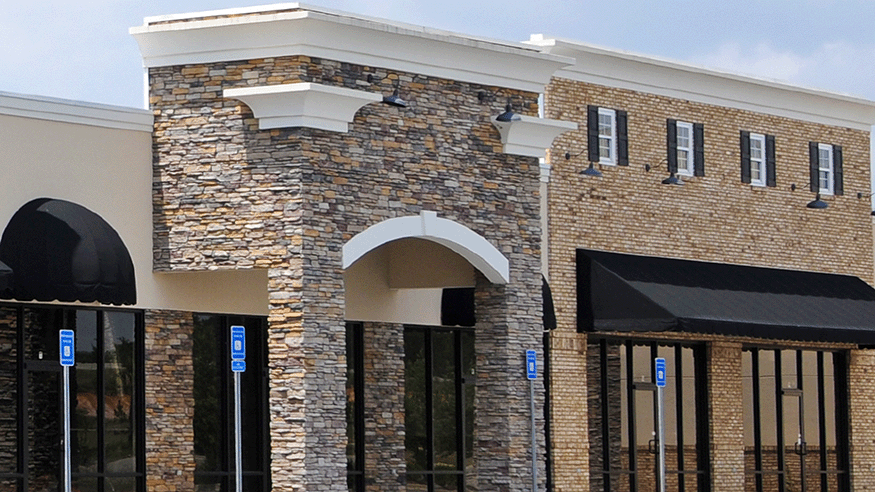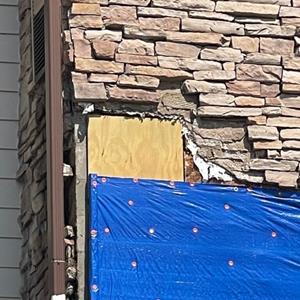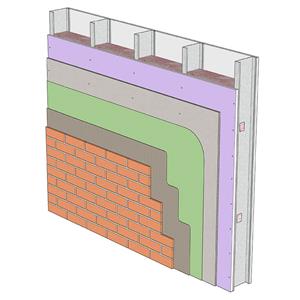
How TMS Code Changes Could Impact How You Install Masonry Veneer
In 2022, the Masonry Society published changes to TMS Codes 402 and 602. These changes are intended to address some of the current issues that arise with the so-called “tried and true” methods of installing masonry veneer.For instance, traditional mortars, typically used for stacking brick and block, are often used to adhere thin veneer to a vertical surface. They lack the adhesive strength to properly hold the veneer in place, making the system prone to failures, and leading to dangerous situations with thin brick and stone veneer falling off buildings.
Talk to your local sales rep or fill out the form below to get more information or to set up a training and be among the first in your area to adapt to the new way of installing thin veneer masonry.

Rooted in Innovation, Growing for Excellence.
LATICRETE revolutionized the way tile is installed around the world, and now we’re changing the way thin stone and brick veneers are installed. Innovative and trusted, MVIS allows you to create iconic designs while meeting the latest code and sustainability standards. See how our brand promises are more than just a tagline, and how they form the cornerstone for every product we offer you.


